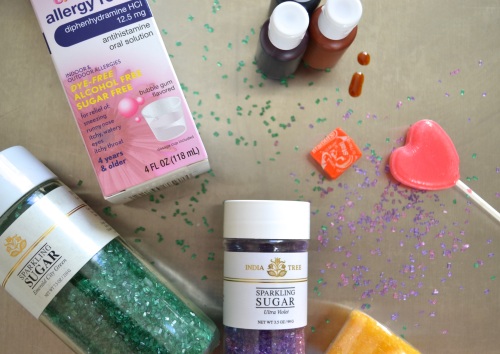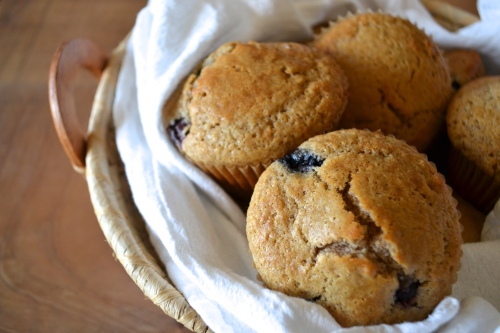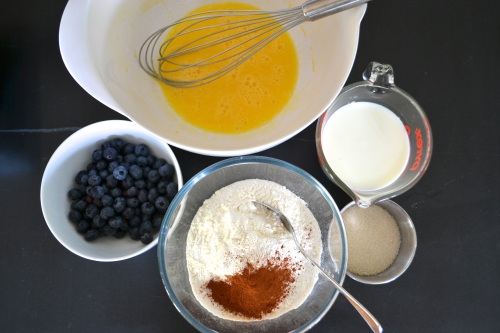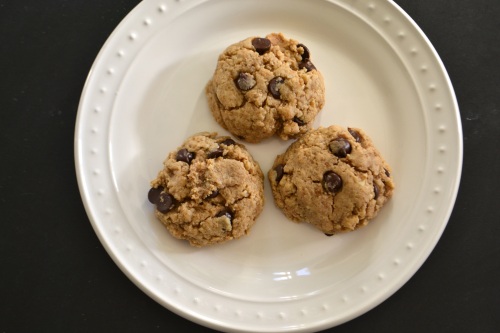
Naturally and artificially colored products, and dye-free labeling
Two recent outings with friends prompted me to want to research and write about the safety of artificial coloring in our foods.
On the first outing, an obviously health-conscious mom declined to give her son a red velvet-flavored cupcake because she didn’t want her boy “affected by the red dye.”
The second outing–just one week later, was with some good friends who, knowing I can be very strict about sugar, apologized for the amount of sugary snacks they had on hand for the kids. I can be a real pain about sugar, but it was my realization that many of the snacks they were referring to also contained artificial dyes that left me wanting to know more–for myself and my children and to share with others who might be just as curious.
Of course, some of you may remember hearing about the original health scares involving artificial colors. Orange No. 1 dye was banned in 1950 after numerous children fell ill from eating their Halloween candy which contained the dye. Later studies suggested the dye was toxic. But perhaps more notorious was Red No. 2. The FDA banned it in 1976 based on studies that suggested it was carcinogenic.
Today, food coloring–natural and artificial, can be found in products ranging from crackers and candy to sauces and beverages. Coloring is sometimes added to enhance natural colors or to adjust natural variations in color. Coloring is also used to combat color loss from exposure to light or temperature changes. And coloring is often used to add color to colorless foods or to make foods seem more “fun.” Examples are numerous and include Kellogs Fruit Loops, Jell-O brand mixes, Pepperidge Farm Colored Goldfish, some Kraft Macaroni & Cheese dinners, Florida oranges and Minute Maid Lemonade. For example, Pepperidge Farm Goldfish Colors contain several artificial dyes including Blue 2, Red 40, Red 3 and Blue 1, and colored M&Ms contain Blue 1, Yellow 5, Yellow 6 and Red 40. Of course the products I’ve listed represent only a tiny fraction of the products that contain artificial colors, and only “foods” that contain synthetic dyes. If you include candy–most of which I do not consider to be “food,” synthetic colors abound. In fact, nearly all mass-produced candy that has a color other than dark brown (from chocolate) contains synthetic dyes.
Are these artificial colors safe, particularly for developing brains and bodies, such as those of our children?
There have been numerous studies over the years linking artificial food coloring and attention deficit hyperactivity disorder (ADHD), but the results of those studies were often considered inconclusive, in part because artificial dyes are often used in conjunction with other artificial ingredients, such as preservatives. This made it difficult to determine if the increased hyperactivity diagnosed in children in the studies was attributable to the artificial coloring or the preservatives, or a combination of the two.
Recent FDA Ruling
In March of 2011, after decades of claiming artificial coloring agents were safe, the Food & Drug Administration asked a panel of experts to review the body of evidence and advise on potential policy changes. Prior to this, the FDA had stood firm on its position that artificial dyes are completely safe.
A year earlier, the science-based consumer advocacy group, Center for Science in the Public Interest (CSPI) proposed to food safety regulators a ban of eight of the nine artificial dyes currently approved by the FDA. The group also petitioned to have–in lieu of a ban–a warning on products containing artificial dyes. The suggested verbiage: “artificial colorings in this food cause hyperactivity and behavioral problems in some children.”
In April of last year, the expert panel appointed by the FDA concluded there is insufficient proof that foods containing artificial colorings cause hyperactivity in most children, and that these foods do not need to carry a special warning label as suggested by the CSPI. However, the agency scientists determined that while the average child may be unaffected by artificial dyes, children predisposed to behavior problems may see their symptoms worsen by eating food with synthetic color additives.
What surprised me most in my research is that FDA testing has concluded that several commonly used food dyes contain small amounts of carcinogens, and yet these are still permitted in the U.S. One of these is Red 40–the most commonly used food coloring in the U.S. today according to my research. And Yellow 5 has been proven to cause allergic reactions in people with aspirin allergies. Another artificial food dye, Yellow 6, has been shown to cause kidney and adrenal gland tumors in lab mice during FDA tests. Despite these findings, the FDA has concluded that Yellow 6 “does not pose a significant risk to humans”–and this is the third most widely used food dye in the U.S. today.
Then again, I guess those of you who regularly read my blog know I’m not a huge fan of the FDA. There are too many to list chemicals that our FDA allows that have already been banned in the EU. In fact, foods sold in the EU that contain synthetic dyes must carry a warning label on the packaging. How have American food giants, such as Kelloggs, KRAFT and General Mills responded? They have eliminated synthetic dyes in their products sold into the EU. If we were sitting around my dinner table right now, enjoying a glass of wine and a fine meal, and I continued with this thread, here is where I would launch into a tirade about the incredible, nearly unchecked power of U.S. industry lobbying groups which cripple the FDA and make much of function worthless.
And I would be remiss if I didn’t also mention that artificial food colorings are primarily derived from coal tar and petroleum products. I guess the fact that they’re carcinogenic when ingested shouldn’t come as a big surprise given their origin.
Options
So what to do? For starters, eliminate artificial dyes from most if not all the food you allow your children to eat. Artificial dyes don’t enhance flavor; in fact, they can increase bitterness, prompting manufacturers to add more sugar to compensate. When did we (or anyone for that matter) decide that some of our foods needed to be turquoise blue or hot pink? Why can’t a lemon-flavored drink be flavored with real lemon, and its color be that of real lemonade–that is, nearly clear? Why shouldn’t our crackers look cracker like–that is, wheat colored? And if a drink doesn’t look like it’s strawberry flavor suggests it should, why not add a little beet or pomegranate juice?
I’ll admit, natural food coloring dyes aren’t cheap, so if I were to allow artificial color anywhere in my children’s lives, I’d make the concession for cake frostings at birthday parties. Both Whole Foods Markets and Trader Joe’s refuse to sell products that contain artificial dyes, and both chains purportedly carry all-natural food coloring options. (I say “purportedly” because while I’ve read this in several places, my local Whole Foods carries natural options, but my Trader Joe’s does not.)
There are also several natural food coloring options available on-line, such as India Tree, and Maggie’s Naturals. The India Tree colors are incredibly vibrant (a little goes a long way) and are all derived from natural vegetable color. In addition, India Tree has beautiful, naturally-colored sugar sprinkles for decorating cakes, cupcakes and cookies. In fact, those gorgeous plummy-purple colored sprinkles on my gluten-free birthday cake were from India Tree, and the sprinkles are relatively inexpensive.
Stay true to your colors!
Read Full Post »
 These easy to prepare, delicious muffins are perfect with eggs on a weekend morning, and the leftovers make great afternoon snacks or a treat while out hiking or biking. This recipe is so easy, my kids share in the preparation.
These easy to prepare, delicious muffins are perfect with eggs on a weekend morning, and the leftovers make great afternoon snacks or a treat while out hiking or biking. This recipe is so easy, my kids share in the preparation.













